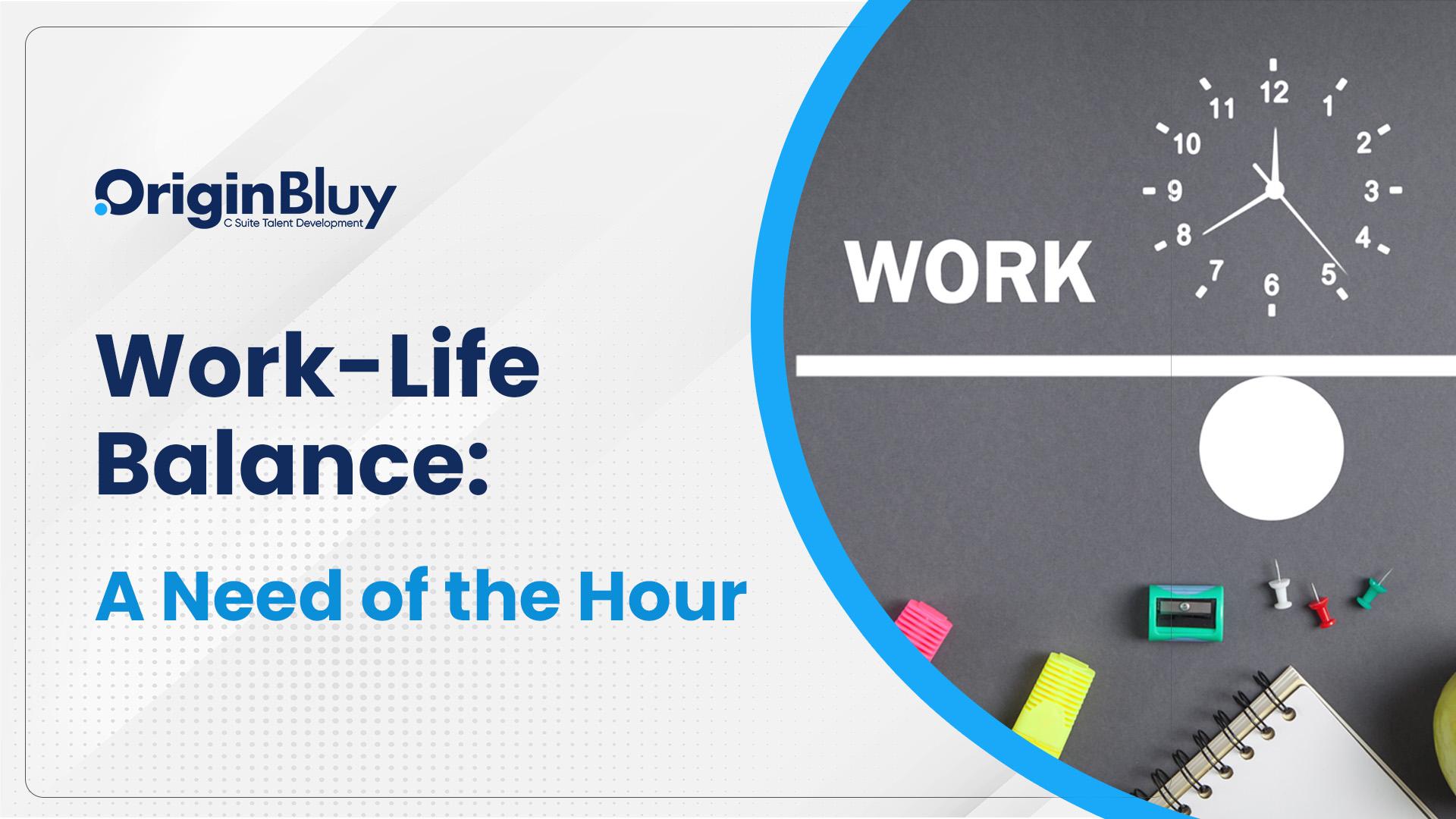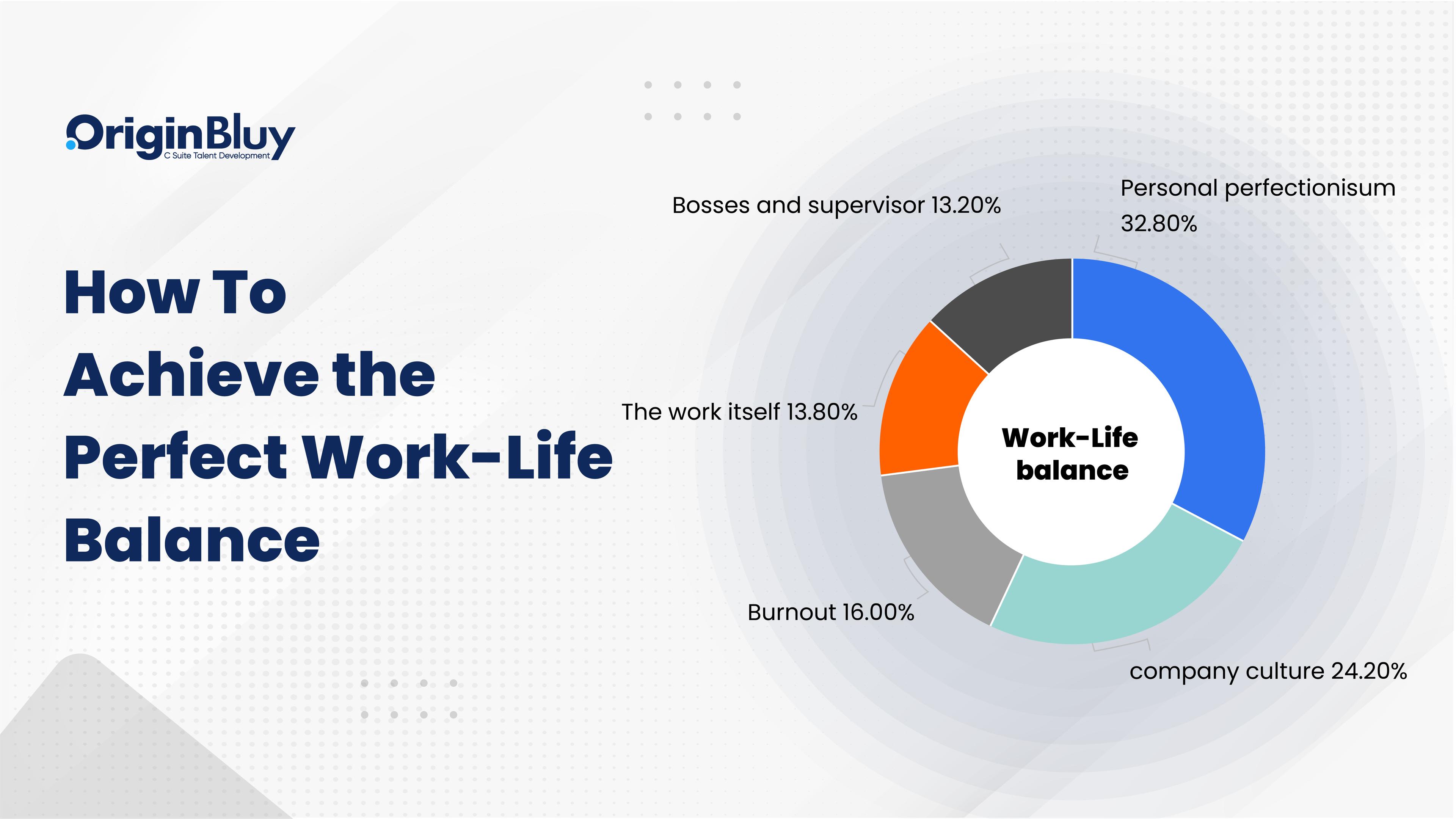A dedicated HR executive, Ananya has worked with an MNC for six years. Though she started with a 9-hour shift, now she usually ends up leaving the office after 10-11 hours. She even works on weekends to meet her work deadlines.
She has a lovely partner and three delightful kids at home. But, due to the workload, she has been juggling her family life and work. In fact, the struggle has taken a toll on her health and relationships.
Well, Ananya is not alone. Along with her, over 66% of full-time professionals work overtime and have a poor work life balance. This has a direct impact on employees' mental and physical health.
This is a destructive boat that no organisation wants to sail. Therefore, companies have started prioritising work-life balance for their employees. If you are also on the same journey, let us help you reach your goal.
A Perfect Work-Life Balance: A Myth or a Fact
Let us first break it to you. A perfect work-life balance is a myth. A perfect work-life balance is subjective and varies from individual to individual. For some, it is having flexibility at work, while others define it as minimal work stress.
There are many approaches that an organisation can adopt to ensure employee satisfaction at work. However, understanding the difficulties and finding standard solutions for the same can make a huge difference.
Let’s explore why work-life balance has become the need of the hour and how one can achieve that.
What Makes Work-Life Balance Important
People working on different managerial levels in an organisation have different opinions on work-life balance. Some might think that their employee’s sanity is not their responsibility, while others might think differently.
To ease you out, let us take a look at why work life balance is necessary. Also, why should an employer be bothered by it?
- Increased employee productivity
- Lesser employee burnout
- Reduced absenteeism
- Better collaboration within the organisation
- Positive Orgaisational culture
Root Causes Behind a Poor Work-Life Balance
It is essential to get to the root causes of an issue in order to resolve it. Below are a few factors that trigger this issue in the first place.
● Understaffing
One of the root causes why employees fail to draw the line between work life and personal life is understaffing. According to surveys, around 78% of businesses need to be more staffed. This leads to the imposition of unrealistic expectations and deadlines on the existing workforce.
In order to meet those expectations, employees tend to work whenever and wherever possible, which hinders their personal commitments.
● Lack of Flexibility at Work
After the pandemic, all of us have understood the effects of flexibility at work. People perform better when they are at their most comfortable selves. However, some organisations still struggle with this, which acts as a barrier to reaching their goals.
This can be avoided by letting employees work on their own schedules and in a flexible location. This will boost their productivity.
● Limited Faith in the Team
Businesses lacking confidence in their teams' abilities may micromanage or overload employees with excessive tasks. Consequently, it leads to burnout and personal life neglect.
It is important for the employer to seek ways to build up trust among the team. This can be done through clear communication.
● Company Culture
This might come to you as a shock, but a company’s culture can be a big reason behind overtime. For instance, if one of your teammates ends up working even if he is unwell or has personal issues, this sets unfair expectations for the manager. He starts comparing and using that one person as an example for the rest of the team.
Why do people adhere to it, you ask? Well, because they risk job security.
● Limited Growth Opportunities
Everybody wants better pay, position, and personal growth. While working in an organisation where people see limited opportunities, they tend to put additional pressure to prove themselves.
An employer can most certainly provide their employees with assurance by introducing development plans, recognition, and more.
If an organisation desires better results, helping its employees achieve work-life balance has to be their priority. This can be done if they understand the source of the issue and look for its resolution.
Strategies to Master Work-Life Balance
As organisations start to understand the need for work-life balance, it becomes one of their top priorities. In order to achieve that, here are a few strategies that can help you along the way:
● Encourage Time Management
It would become so easy for employees to have a healthy work-life balance if they understood how to manage their time. Creating timeframe calendars, providing time management training, and setting clear goals are some ways to achieve that. This will have a direct impact on achieving work goals as well as the well-being of your team.
● Offer Remote or Hybrid Work Opportunities
People have been working in remote settings for decades, but after the pandemic, hybrid and work-from-home culture has taken a boom. Companies have come up with frameworks that are fit for such working conditions.
Taking advantage of this and offering flexible working opportunities can boost their productivity and company revenues.
● Set Clear Boundaries and Deadlines
Establishing clear guidelines about working hours, deadlines, goals, and expectations can take away half of an employee’s work pressure. All you have to do in order to motivate your employees is by setting realistic and achievable targets. This only helps them in creating work plans but also in finding some personal time outside of work.
● Promote Open Communication
A lot gets lost when there is a communication gap between a manager and his team. Ensuring you create a clear communication pathway for them can eliminate many barriers. Employees can be more open about their issues, find answers to their queries quicker, and avoid wasting time.
This will help an organisation reach its end goals efficiently, ensuring its employees’ satisfaction.
● Support Employee Well-Being
Unwell employees, physically or mentally, can never be a valuable resource to an organisation. It might surprise you, but more than 75% of employees experience burnout due to work stress. You won’t want that for your employees, right?
Well, other than making sure that your teammates are not overburdened by work, there is a lot more that you can do. Providing access to fitness facilities, counselling services, and stress-management workshops can promote employee well-being.
Summing Up
Achieving a harmonious work-life balance is essential for organisations to foster a motivated and fulfilled workforce. By implementing flexible work arrangements, setting clear expectations, supporting employee well-being, and encouraging open communication, businesses can create a positive work culture that prioritises the personal lives of their employees.
At Originbluy, we are committed to helping you and your employees master work-life balance through our tailored training and coaching. Sign up today to empower your workforce and unlock their full potential!

























